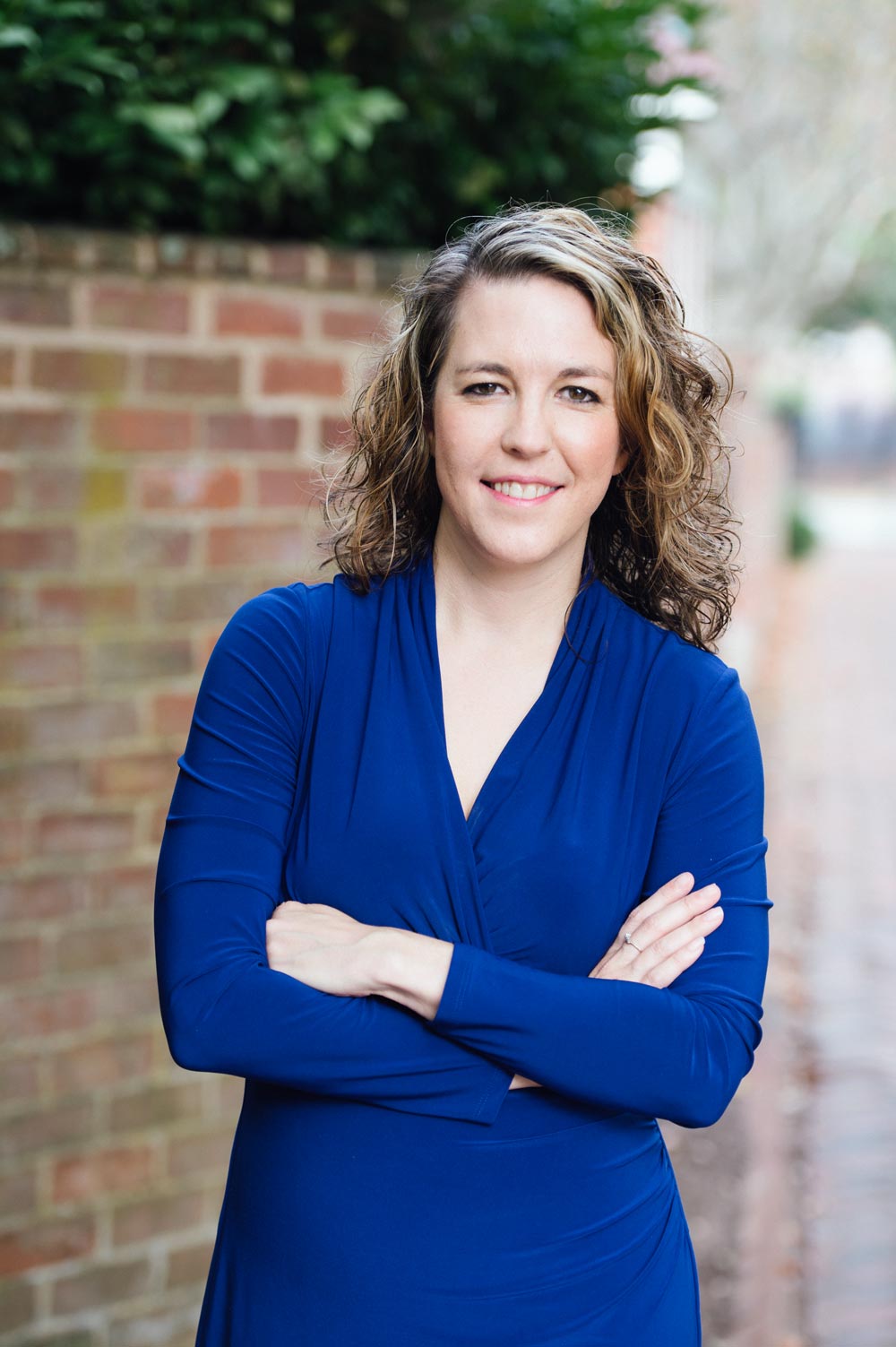A devastating shortage of the pediatric cancer drug vincristine that began late last summer has forced pediatric oncologists across the country to make heart-wrenching decisions about allocation and treatment.
It also made University of Virginia nursing professor Jessica Keim-Malpass wonder: Exactly how are clinicians deciding which patients get the lifesaving drug, and in what doses? Who goes without? How do hospitals share supplies? And could a mathematical model provide a decision path when agonizing shortage realities like this one arise?
“Besides the assumed fact that people are trying their best in an unwinnable situation, we really don’t know how these decisions are being made because nobody has asked,” said Keim-Malpass, a pediatric oncology nurse and a researcher. “Up to this point, all we’ve really heard is just chatter.”
Late last summer, drug maker Teva – one of just two suppliers of vincristine – announced that it would cease producing the drug, leaving Pfizer as the world’s only remaining manufacturer. Vincristine, an older, generic drug, has been the gold standard treatment for most pediatric cancers, including acute lymphoblastic leukemia, the most common pediatric cancer, and Wilms tumor, a less common kidney cancer. Vincristine’s success rate – between 80% to 90% – is remarkable. There is no substitute.
To solve a real-time problem, Keim-Malpass and colleague Jennifer Lobo, an assistant professor of biomedical informatics in the UVA School of Medicine’s Department of Public Health Sciences, earned a fast-track grant of $133,000 from the National Science Foundation to create an algorithm to guide vincristine allocation. Ultimately, their formula could also be useful during other drug and equipment shortages, which are sickeningly real at hospitals across the country, disrupting procedures and treatment regimens – and in the worst cases, threatening lives.
For the study, Keim-Malpass will interview 50 U.S. physicians, nurse practitioners and pharmacists who treat children with cancer about how they dealt with the vincristine shortage last summer and fall. Then, using simulated pediatric cancer patient cases to solicit discussion, Keim-Malpass will analyze how health care providers rank which children get treated, noting what criteria merit “core status” – those circumstances that are central to providers’ treatment decisions and drug allocation.

Nursing professor Jessica Kaim-Malpass and colleague Jennifer Lobo, a professor of biomedical informatics, are seeking a rational way to allocate drugs in times of shortages. (Photo by Jen Fariello)
Once she’s established what’s most central to providers’ decision-making, Keim-Malpass and Lobo will create mathematical models to illustrate with graphs and numbers the risks and benefits of possible courses of action.
The process, she explained, will bring logic to an otherwise frenzied and painful situation. And the models can be used in other scenarios as well.
“Once you’ve got the principles down and know how to study it, we can learn how to modify and adjust to potential situations where there are shortages and where we need to understand how to do our best with what limited supply we have,” Keim-Malpass said. “This is really interesting and helpful math, something that we can apply in real time to guide the best strategies for optimal treatment in the worst kind of scenarios.”
Keim-Malpass is currently recruiting clinicians to interview and developing simulations based on real pediatric cancer cases from UVA Health to test what drives clinicians’ vincristine allocation process. She and Lobo expect to have a working model for providers to use by year’s end to guide future drug and equipment supply shortages that may be useful across a wide variety of situations, including how best to distribute medicines during a pandemic.
The work, Keim-Malpass said, will give providers a math tool based on actual risks and cost analyses to guide them so they can move beyond their “gut feelings” about how to fairly and compassionately allocate needed drugs when resources are limited.
“Physicians and nurses might think, ‘Who am I to say if someone should not get treatment, or receive a reduced dose?’” said Keim-Malpass. “This decision-making process is really based on math.”
Media Contact
Article Information
February 14, 2020
/content/when-life-saving-drugs-are-scarce-how-do-clinicians-allocate-them

